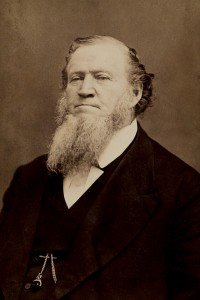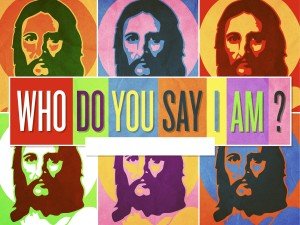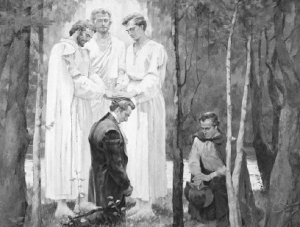Jacob Z. Hess, Ph.D.
Note: A special thanks to Jana Riess for her willingness to correspond and share thoughtful responses to a number of questions during an especially busy time for her. Given the seriousness of claims made in her lengthy book, an adequate review and response also requires sufficient space (trigger warning to long-read-haters!)
In 2002, word circulated that an in-depth PBS Documentary would be coming out focused on the Church of Jesus Christ of Latter-day Saints. As a new doctoral student, I got excited that such a high-quality doc would be available – and on a network known for fair-minded reporting.
Thinking it would be a great way to let people know who we really are, I sent out a note to classmates and professors to be watching out for it. As soon as the film aired, however, something became quickly apparent. From the dark images of Joseph Smith set to spooky music, to the scene of primary children clearly intended to convey brainwashing, it became obvious that this film was less about representing us, than someone else’s story about us.
Producer Helen Whitney clearly didn’t set out to craft something malicious or deceptive. Instead, I believe she approached the project with pre-existing strong feelings about who we are – which emotions naturally influenced how she told the story. For the many who tuned-in to learn the truth about our faith, however, Helen’s arguments and our own reality were fused into one indistinguishable product.
‘The truth about what’s happening in Mormonism.’ On February 26, 2019, after sharing 18 months of advance results, the Salt Lake Tribune announced the “day is near” for people to read the full report from a study it described in one article as “groundbreaking,” “sweeping” and “landmark.” Hailed by others as “momentous,” “revolutionary” and a “must read for anyone interested in the LDS Church,” the text by Dr. Jana Riess was widely promoted as an answer to some of the most pressing questions facing the Church.
Continue reading


